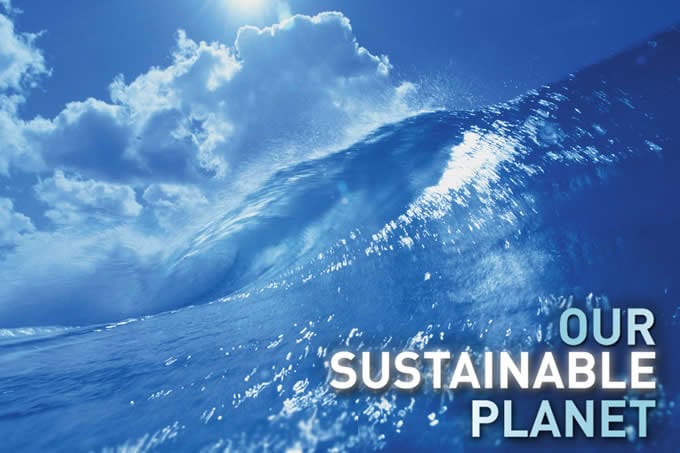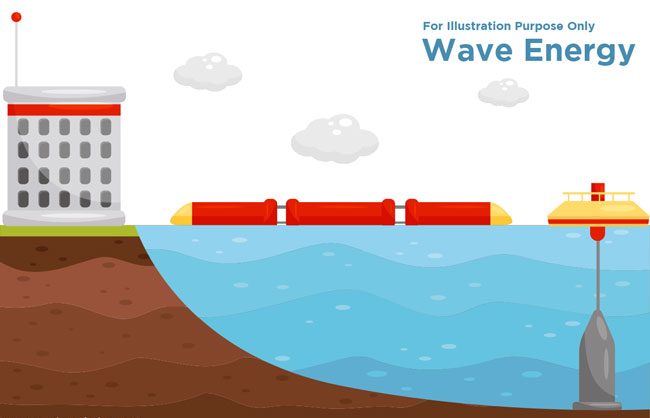
Ocean Energy in Art and Culture: Creativity and Sustainability
Introduction
Ocean energy has long been a source of inspiration for artists and a subject of fascination in various cultural practices. This article explores the intersection of art, culture, and sustainability, highlighting the importance of integrating ocean energy in creative pursuits. By examining the historical background, key concepts and definitions, main discussion points, case studies or examples, current trends or developments, challenges or controversies, and future outlook, we can gain a comprehensive understanding of the relationship between ocean energy and artistic expression.
Historical Background
The ocean has played a significant role in art and culture throughout history. Artists have sought inspiration from the vastness, beauty, and power of the sea, creating masterpieces that capture the essence of its energy. Furthermore, the concept of sustainability has evolved over time, with a growing awareness of the need to protect and preserve our natural resources. This evolution has led to the exploration of sustainable energy sources, including ocean energy, as a means to maintain a harmonious relationship with the environment.
Key Concepts and Definitions
To delve deeper into the topic, it is essential to define the key concepts. Ocean energy refers to the renewable energy derived from the ocean, including tidal, wave, and thermal energy. Creativity, within the context of art and culture, encompasses the imaginative and innovative expressions that artists employ to convey their ideas and emotions. Sustainability, on the other hand, refers to the practice of utilizing resources in a way that meets present needs without compromising the ability of future generations to meet their own needs. Understanding these concepts is crucial in exploring the connection between ocean energy, creativity, and sustainability.
Main Discussion Points
Exploration of the use of ocean energy in art installations:
Artists have increasingly incorporated ocean energy into their works, creating installations that harness the power of the ocean to generate energy. These installations serve as both artistic expressions and functional sources of renewable energy. Numerous examples exist, such as sculptures that utilize wave motion to generate electricity. These installations not only captivate audiences with their aesthetic appeal but also raise awareness about sustainable energy solutions. However, it is important to consider the potential impact of these installations on the environment and marine life.

Examination of the portrayal of the ocean and its energy in literature and film:
Literary works and films have long depicted the ocean and its energy, showcasing their influence on characters and plots. Such portrayals contribute to environmental awareness and sustainability by highlighting the power and beauty of the ocean. By exploring the connection between literature, film, and ocean energy, we can better understand the role of art and culture in inspiring sustainable practices.
Discussion of the integration of ocean energy innovations in architecture and design:
Architects and designers are increasingly incorporating ocean energy innovations into their projects, creating sustainable buildings and structures that harness the power of the ocean. These designs provide unique opportunities for creativity while addressing the need for sustainable energy solutions. However, challenges arise in implementing these designs, such as technological limitations and cost considerations.
Case Studies or Examples
Case study: The Wave Energy Converter Sculpture by Jason deCaires Taylor:
The Wave Energy Converter Sculpture by Jason deCaires Taylor is a prime example of an artwork that utilizes ocean energy. This underwater sculpture harnesses wave energy to generate electricity while also serving as a habitat for marine life. The sculpture not only demonstrates the creative possibilities of integrating ocean energy into art but also raises awareness about the importance of protecting marine ecosystems.
Case study: The film “Wave Energy” by Janja Glogovac:
The film “Wave Energy” by Janja Glogovac explores the potential of ocean energy as a sustainable solution. Through interviews with experts and stunning cinematography, the documentary sheds light on the power of the ocean and its capacity to provide renewable energy. The film contributes to raising awareness about sustainable energy solutions and inspires viewers to consider the importance of ocean energy in a broader context.
Current Trends or Developments
Advancements in ocean energy technology have paved the way for innovative artistic and cultural practices. Artists and researchers are constantly exploring new ways to harness ocean energy, resulting in groundbreaking projects and collaborations. Research findings also provide insight into the benefits and challenges of utilizing ocean energy in art and culture, contributing to the development of sustainable practices.
Challenges or Controversies
The integration of ocean energy installations in art and culture raises certain challenges and controversies. Potential environmental impacts must be carefully considered, as these installations may disrupt marine ecosystems and wildlife habitats. Additionally, differing viewpoints exist regarding the aesthetics and practicality of utilizing ocean energy in artistic and cultural contexts. Balancing artistic expression with environmental considerations is crucial for the successful integration of ocean energy in art and culture.
Future Outlook
The potential for growth and impact of ocean energy in art and culture is promising. As technology continues to advance, new opportunities for creative expression and sustainable practices will emerge. Future advancements and innovations in sustainable ocean energy practices will further enhance the integration of ocean energy in art and culture, contributing to a more sustainable future.
Conclusion
Integrating ocean energy in art and culture is essential for promoting sustainability and raising awareness about renewable energy sources. By exploring the historical significance, key concepts, and current developments, we can appreciate the creativity and potential of ocean energy in artistic expression. Challenges and controversies must be addressed, and future advancements must be anticipated to ensure the successful integration of ocean energy in art and culture.